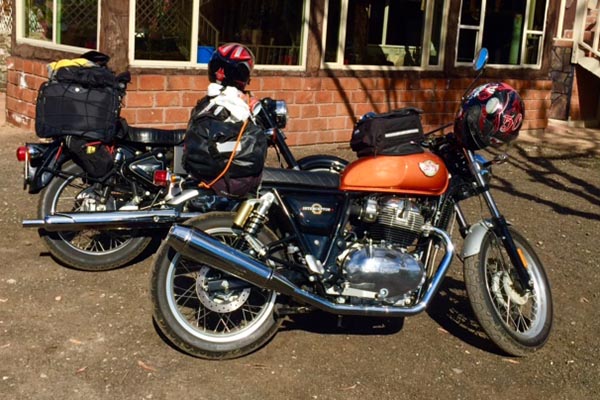 I finally spent some quality time on the Royal Enfield 650 today. We rode from Tecate to San Quintin, Mexico through the Ruta del Vin0 and Ensenada. My initial impressions have been reinforced. Royal Enfield nailed it with the 650 twin.
I finally spent some quality time on the Royal Enfield 650 today. We rode from Tecate to San Quintin, Mexico through the Ruta del Vin0 and Ensenada. My initial impressions have been reinforced. Royal Enfield nailed it with the 650 twin.
The bike scoots along feeling fresh and light all day. In top gear 4000-ish RPM moved the bike along at 60 miles per hour, 4600-ish was 70 miles per hour and 80 miles per hour saw the steady tach needle planted at 5000 RPM give or take a few.
I don’t know what RE claims for horse power but sitting bolt upright and letting the thing rip led to a 7500 rev-limited RPM @ 115 miles per hour (indicated) in 5th gear while 6th gear topped out around 110 MPH at lower revs (7000? I was too busy to get the exact number).
Unlike an old, torsion-bar Honda 450 twin that would rev high but never seemed to enjoy it, the Royal Enfield 650 twin loves to rev and it feels like the 7500 RPM rev limit could easily be exceeded by another 1500-2000 rpm before any self induced porting restrictions came into play. There must be a wire that needs cutting somewhere.
All in, this bike is plenty fast for me as I don’t plan to do street racing anymore. I’m too mature for that crap.
The Meteor (I’m trying to get RE to rename the bike) ) 650’s transmission shifted crisply all day long and in heavy stop and go traffic it didn’t get crotchety. 5th and 6th gear are close enough that I found myself sometimes running a gear down at cruising speed. The engine is so smooth and quiet it’s best to give the lever an additional tug, you may have another gear to go.
Pulling in the clutch started to feel a little sticky, kind of segmented, so I gave the pivot to cable connection a squirt of lube and the lever was smooth again.
The bike has ABS brakes and the front lever needs a strong pull to get maximum stoppage. There’s only one disc but for me it stopped well enough. If you’re the kind of rider that enjoys standing a bike in its nose you may want a bit more front brake. The rear brake must be ok because I never noticed it.
After a full day of riding the Royal Enfield 650 twin has done nothing to diminish my initial enthusiasm. It looks so good and really runs great. It’s shocking that the same company that builds the retro Bullet made such a sweet machine. This is a cool bike, make no mistake.

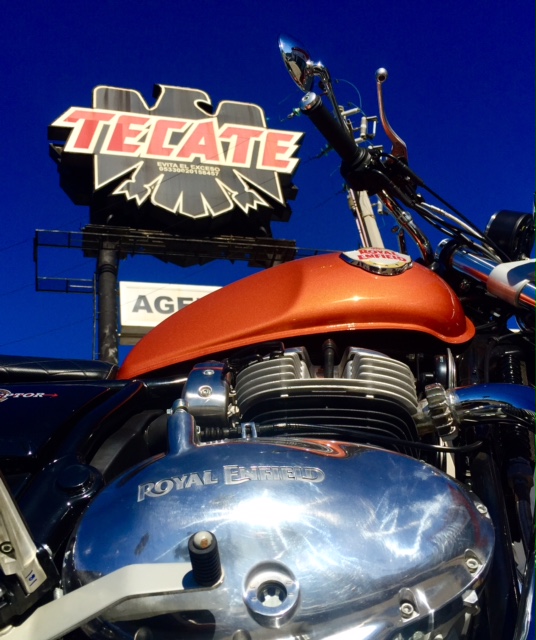 So far I’m not meshing well with the 500cc Royal Enfield Bullet. I keep stalling the thing at stops and unless its pulling under load it hits and misses like a two stroke. Other times it runs flawlessly. Berk has ridden the thing and says it’s fine and that I don’t know how to ride a heavy flywheel, old fashioned motorcycle. Being the senior member of the Royal Enfield tour team he should know. Although, in my defense he stalled it twice. Berk is going to ride the 500cc single all day tomorrow and we will see if it’s me or the motorcycle.
So far I’m not meshing well with the 500cc Royal Enfield Bullet. I keep stalling the thing at stops and unless its pulling under load it hits and misses like a two stroke. Other times it runs flawlessly. Berk has ridden the thing and says it’s fine and that I don’t know how to ride a heavy flywheel, old fashioned motorcycle. Being the senior member of the Royal Enfield tour team he should know. Although, in my defense he stalled it twice. Berk is going to ride the 500cc single all day tomorrow and we will see if it’s me or the motorcycle.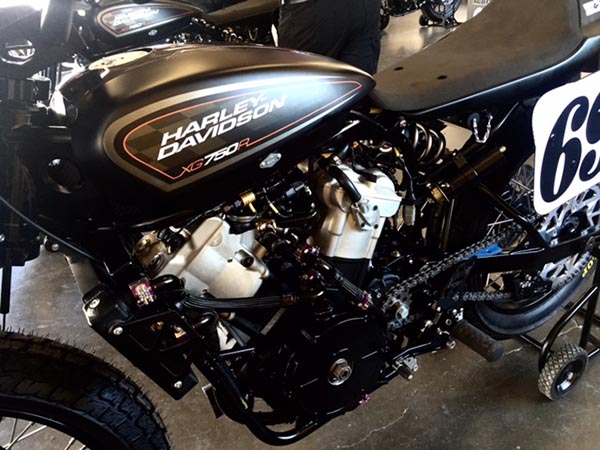 The Bike Week flat track has another, even stranger configuration this year. Before I get onto that a brief history is in order. The Bike Week AMA points-paying races were held at Memorial Stadium on 11th Street for many, many years. It’s a good venue with lots of seating, parking and being a real stadium it’s perfect for flat track.
The Bike Week flat track has another, even stranger configuration this year. Before I get onto that a brief history is in order. The Bike Week AMA points-paying races were held at Memorial Stadium on 11th Street for many, many years. It’s a good venue with lots of seating, parking and being a real stadium it’s perfect for flat track.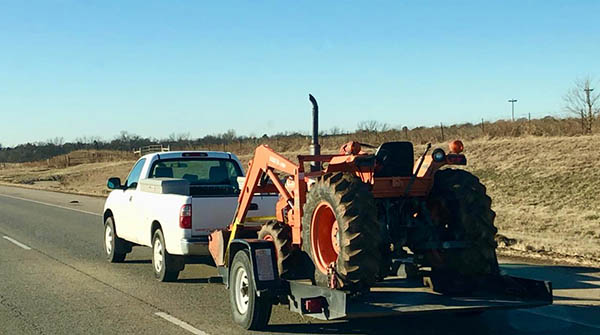 It seems like I’m always working a pick and a shovel at Tinfiny Ranch. Situated at 6000 feet in the foothills of the Sacramento Mountains the place is steep with many elevation changes. An arroyo runs past the house so that when it rains (and it rains a lot in New Mexico) my driveway becomes a short-lived trout stream.
It seems like I’m always working a pick and a shovel at Tinfiny Ranch. Situated at 6000 feet in the foothills of the Sacramento Mountains the place is steep with many elevation changes. An arroyo runs past the house so that when it rains (and it rains a lot in New Mexico) my driveway becomes a short-lived trout stream. We had a day to kill before I picked up the tractor so we went to Hunter’s Skybox at OSU and watched the OSU women’s basketball team dismantle a team from Kansas. The governor of Oklahoma has a suite two doors down and there was unlimited free food along with all the ice cream you could eat. The suite had a commanding view of both the football field and the indoor arena.
We had a day to kill before I picked up the tractor so we went to Hunter’s Skybox at OSU and watched the OSU women’s basketball team dismantle a team from Kansas. The governor of Oklahoma has a suite two doors down and there was unlimited free food along with all the ice cream you could eat. The suite had a commanding view of both the football field and the indoor arena.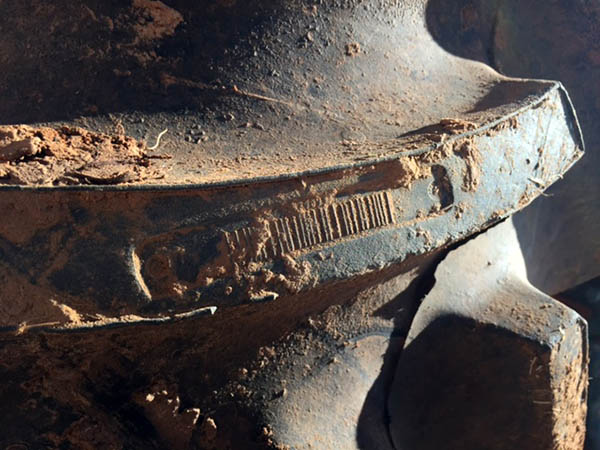 The Tractor was a beauty with tires so new they still had rubber bar codes visible. Kubota’s have earned a good name in the heavy equipment arena and this L2850 sported a diesel engine that fired right up.
The Tractor was a beauty with tires so new they still had rubber bar codes visible. Kubota’s have earned a good name in the heavy equipment arena and this L2850 sported a diesel engine that fired right up.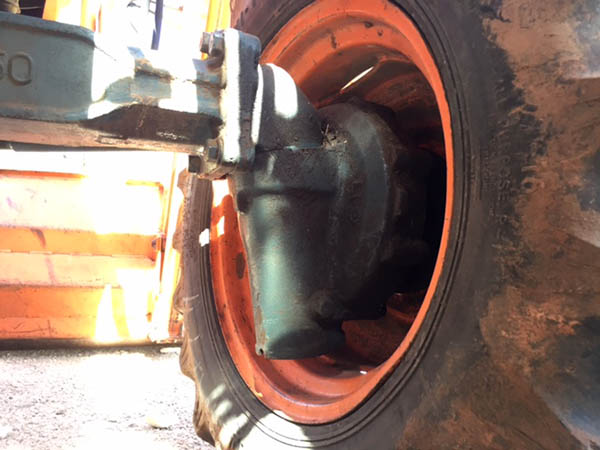 Underneath the driven front end you’ll find a portal-type axle to give the tractor plenty of ground clearance. Everything is leaking a bit but oil is cheap and Tinfiny can use a little dust control. The steering felt tight and Woody, the guy I bought the tractor from takes good care of his stuff.
Underneath the driven front end you’ll find a portal-type axle to give the tractor plenty of ground clearance. Everything is leaking a bit but oil is cheap and Tinfiny can use a little dust control. The steering felt tight and Woody, the guy I bought the tractor from takes good care of his stuff.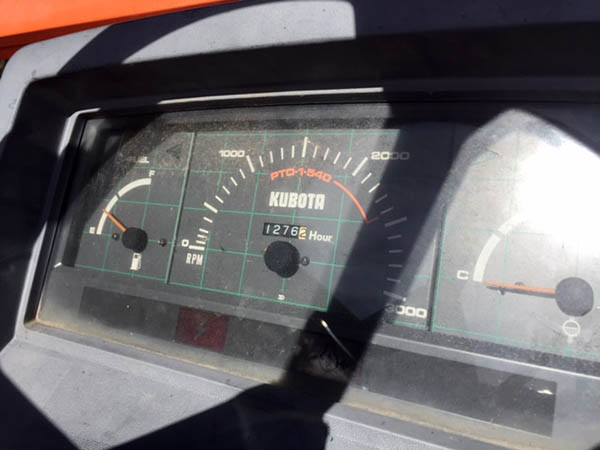 When I worked construction in Miami it was rare to see a dashboard unbroken. Vandalism was a constant problem. Lights, tires and hoses were routinely damaged by bored kids. The L580 dash was clean and everything works except the tach needle fell off.
When I worked construction in Miami it was rare to see a dashboard unbroken. Vandalism was a constant problem. Lights, tires and hoses were routinely damaged by bored kids. The L580 dash was clean and everything works except the tach needle fell off.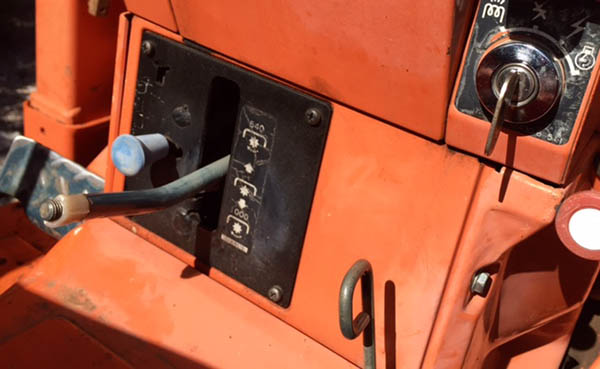 At the rear of the Kubota has a two-speed PTO drive that I will be using as soon as CT buys me a backhoe attachment. Amazon has some cool 3-point hoes costing around $3600. You don’t want to do a lot of side digging with a 3-point hoe because the hitch wasn’t meant for big side loads but as long as you are crabbing in a straight line they will work well.
At the rear of the Kubota has a two-speed PTO drive that I will be using as soon as CT buys me a backhoe attachment. Amazon has some cool 3-point hoes costing around $3600. You don’t want to do a lot of side digging with a 3-point hoe because the hitch wasn’t meant for big side loads but as long as you are crabbing in a straight line they will work well.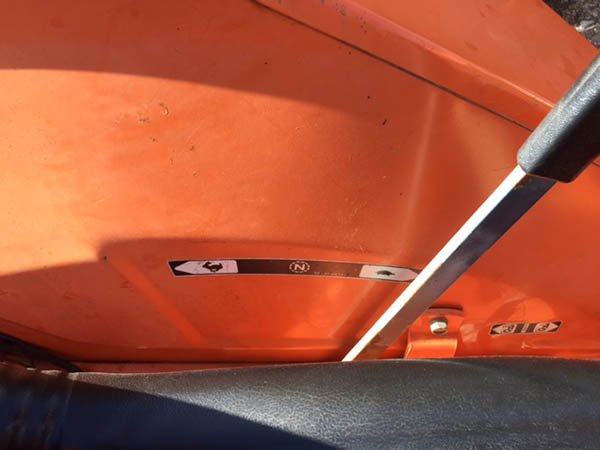 The transmission has high and low range with low range, first gear being super slow. Top end of the tractor in high range-high gear is around 12 miles per hour. With zero suspension 12 MPH is plenty over Tinfiny’s rough grounds.
The transmission has high and low range with low range, first gear being super slow. Top end of the tractor in high range-high gear is around 12 miles per hour. With zero suspension 12 MPH is plenty over Tinfiny’s rough grounds.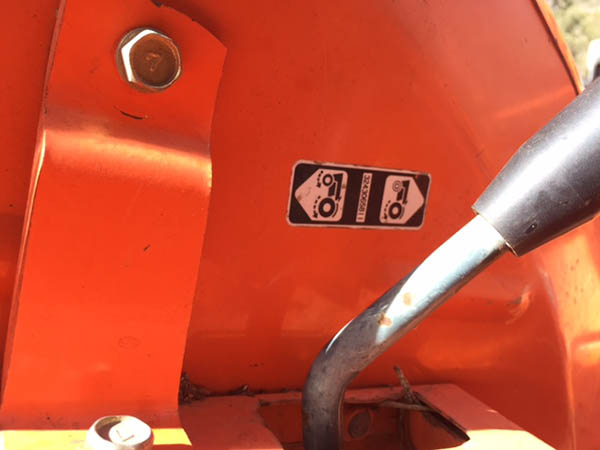 This lever engages the front wheels. This is pretty important because the front end loader combined with nothing attached to the hitch means the big rear wheels have little traction.
This lever engages the front wheels. This is pretty important because the front end loader combined with nothing attached to the hitch means the big rear wheels have little traction.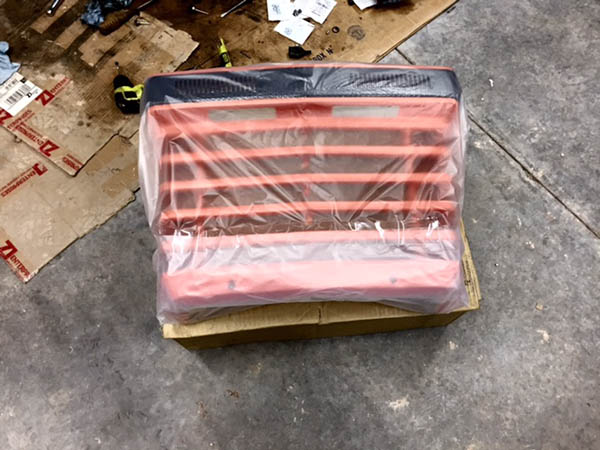
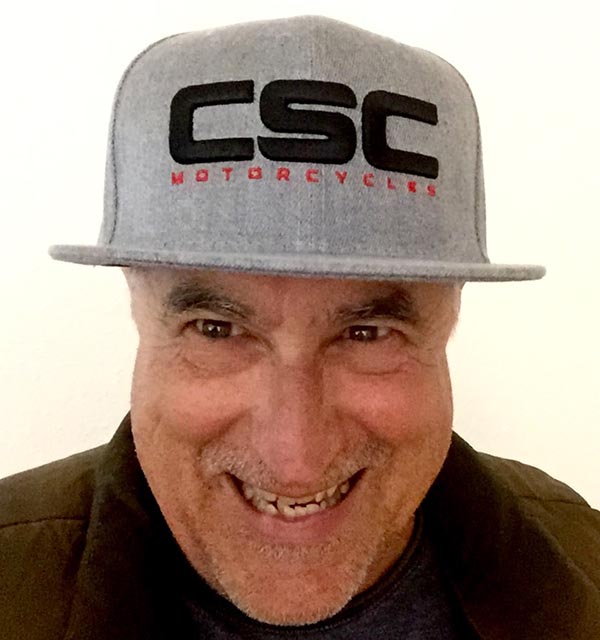 I didn’t start out in the typing business looking for swag. I was more interested in seeing my byline on a real, printed object. Being published meant at least one person in the world thought my stuff wasn’t terrible. No, it was like more swag found me. Slowly at first, then faster as the typing game became less and less lucrative, swag has grown ever larger in importance.
I didn’t start out in the typing business looking for swag. I was more interested in seeing my byline on a real, printed object. Being published meant at least one person in the world thought my stuff wasn’t terrible. No, it was like more swag found me. Slowly at first, then faster as the typing game became less and less lucrative, swag has grown ever larger in importance.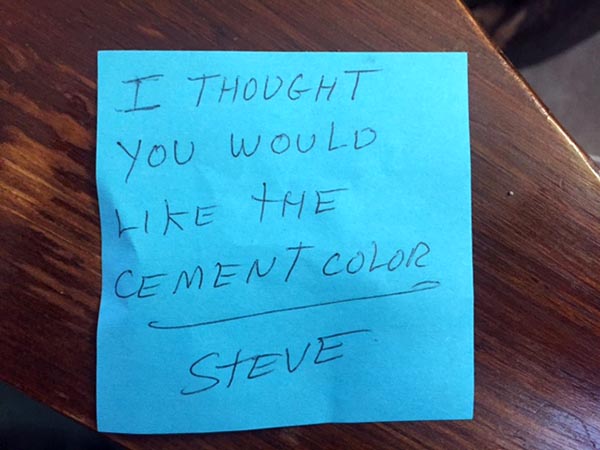 CSC sent me a flat-brimmed swag cap. They didn’t need to: I love those guys and how their business plan is a fantastic experiment in mail order motorcycling. I like that the customer needs to be a bit more self sufficient to operate their motorcycles. And I like the hat. With most products becoming sealed off to us regulars, CSC bikes actually require you to dig in. Since I own mostly weird motorcycles that have no dealer support I relate to the pride a CSC owner feels when he sets his own valves or replaces the chain and sprockets on his motorcycle.
CSC sent me a flat-brimmed swag cap. They didn’t need to: I love those guys and how their business plan is a fantastic experiment in mail order motorcycling. I like that the customer needs to be a bit more self sufficient to operate their motorcycles. And I like the hat. With most products becoming sealed off to us regulars, CSC bikes actually require you to dig in. Since I own mostly weird motorcycles that have no dealer support I relate to the pride a CSC owner feels when he sets his own valves or replaces the chain and sprockets on his motorcycle.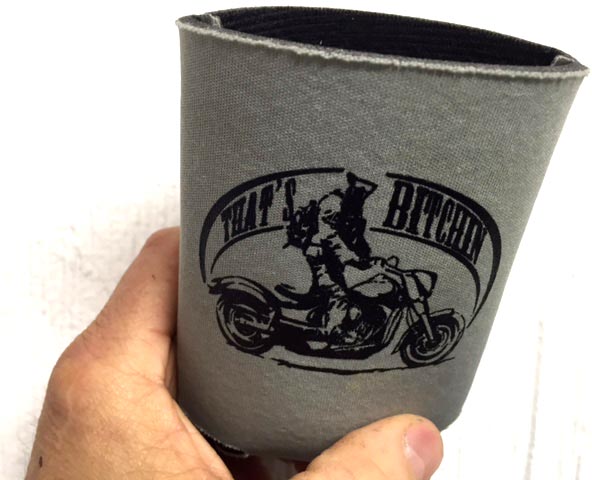 Swag works. The preceding paragraph should be all the proof you need. Swag turns customers into advocates and a scuba suit beer cooler celebrating Pandya’s 50th birthday will always come in handy. Come to think of it, Exhaustnotes.us has no swag that I’m aware of. I’ll have to get to work on that.
Swag works. The preceding paragraph should be all the proof you need. Swag turns customers into advocates and a scuba suit beer cooler celebrating Pandya’s 50th birthday will always come in handy. Come to think of it, Exhaustnotes.us has no swag that I’m aware of. I’ll have to get to work on that.
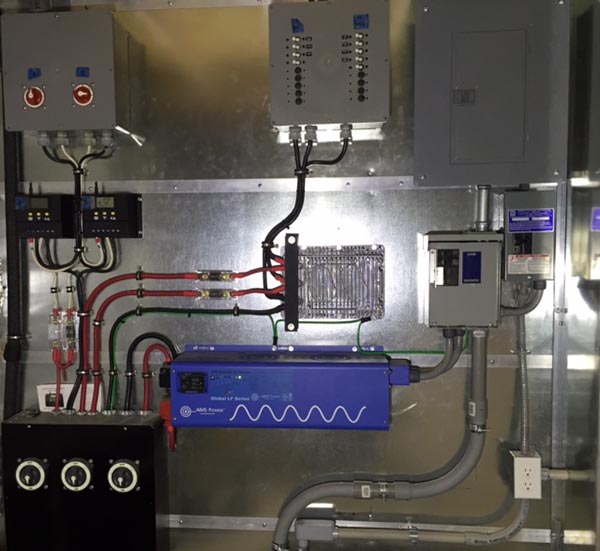 Unlike motorcycles, I’m not fixated on doing things the old way for electrical energy storage. I run a
Unlike motorcycles, I’m not fixated on doing things the old way for electrical energy storage. I run a 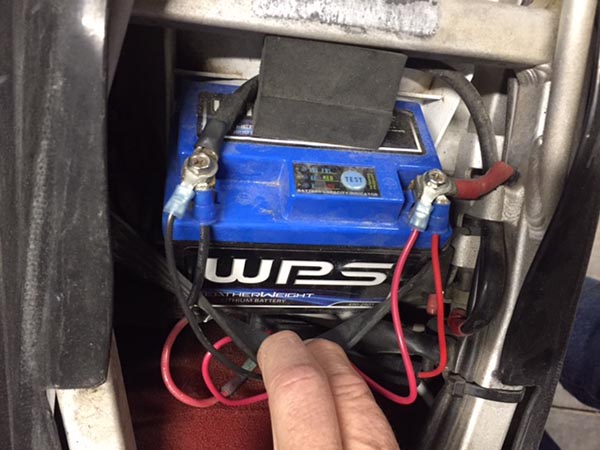 Battery technology is advancing rapidly with so many new combinations of lithium with something else, molten salt or rare elements only found in war torn areas. It’s hard to know which technology will win out in the end but for now, in my solar-powered shed system, lead-acid still offers the best electron storage option.
Battery technology is advancing rapidly with so many new combinations of lithium with something else, molten salt or rare elements only found in war torn areas. It’s hard to know which technology will win out in the end but for now, in my solar-powered shed system, lead-acid still offers the best electron storage option. Lead-acid batteries are easily scalable and nearly any voltage or amperage desired can be achieved with large, simple jumper cables. I’m running 4, group 31, 12-volt batteries in my 24-volt system. My future plans are for 16 batteries total but there’s no rush. I can take as long as I want to get there or 8 batteries might prove to be enough for my usage level.
Lead-acid batteries are easily scalable and nearly any voltage or amperage desired can be achieved with large, simple jumper cables. I’m running 4, group 31, 12-volt batteries in my 24-volt system. My future plans are for 16 batteries total but there’s no rush. I can take as long as I want to get there or 8 batteries might prove to be enough for my usage level.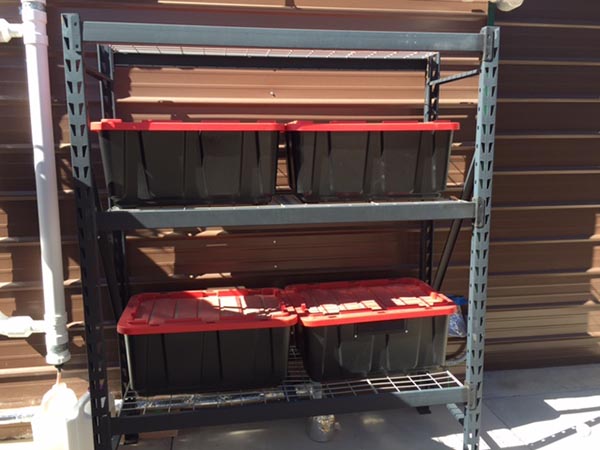 Most important for me: They are cheap! The four deep cycle marine batteries in my off-grid system @100 amp/hour each give me a total of 2400 watts of storage (@ 50% capacity) for 400 dollars. If I ever get to 16 batteries I’ll have 9600 watts of storage for around 1600 dollars. Compare that to 7000 dollars for 7000 watts of storage from Tesla’s Powerwall.
Most important for me: They are cheap! The four deep cycle marine batteries in my off-grid system @100 amp/hour each give me a total of 2400 watts of storage (@ 50% capacity) for 400 dollars. If I ever get to 16 batteries I’ll have 9600 watts of storage for around 1600 dollars. Compare that to 7000 dollars for 7000 watts of storage from Tesla’s Powerwall. I’m not a Luddite when it comes to battery technology on motorcycles or power tools but for me the new designs and materials haven’t yet made sense for large, stationary storage banks at low cost. I’ll revisit the topic if Tesla reduces the price of their Powerwall by half or some new manufacturer comes up with a wiz bang combination of chemicals that outdoes ancient lead acid technology.
I’m not a Luddite when it comes to battery technology on motorcycles or power tools but for me the new designs and materials haven’t yet made sense for large, stationary storage banks at low cost. I’ll revisit the topic if Tesla reduces the price of their Powerwall by half or some new manufacturer comes up with a wiz bang combination of chemicals that outdoes ancient lead acid technology.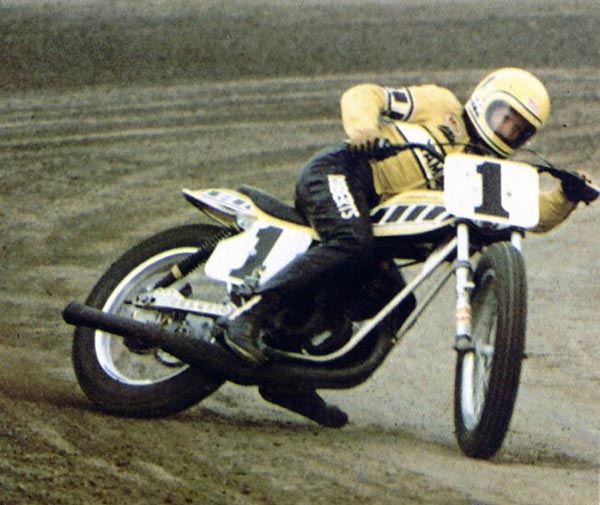 Motorcycle road racing has taken quite a beating in America. The biggest stars are overseas and the entire series (whoever runs it) has become sort of a Triple A, minor league pastime. There are some really great riders in our pavement series but none of it seems to translate to The Bigs.
Motorcycle road racing has taken quite a beating in America. The biggest stars are overseas and the entire series (whoever runs it) has become sort of a Triple A, minor league pastime. There are some really great riders in our pavement series but none of it seems to translate to The Bigs.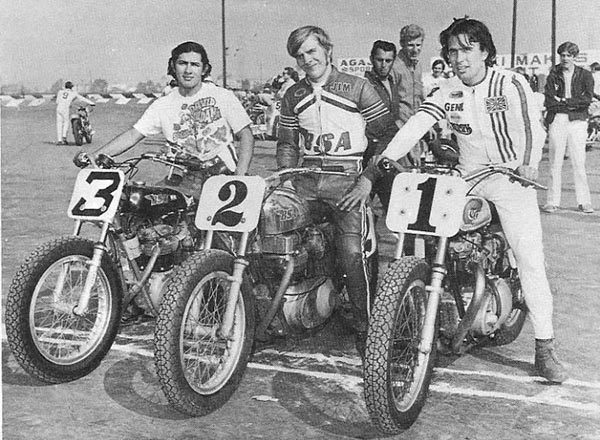 Would we see Mees on a factory Indian road race bike scoring a few pavement points to keep his dominant championship streak going? Would JD Beach win the #1 plate several times in a row, as he seems the most multi-talented? Would a dark horse, semi-privateer like Carver show a natural talent on the asphalt and go on to win at Moto GP? What if Shayna Texter turned out to be a beast on the twisting streets of COTA and showed a wheel to Marquez? This mixing of talent and styles gave the US years of GP dominance in the past and it will do it again.
Would we see Mees on a factory Indian road race bike scoring a few pavement points to keep his dominant championship streak going? Would JD Beach win the #1 plate several times in a row, as he seems the most multi-talented? Would a dark horse, semi-privateer like Carver show a natural talent on the asphalt and go on to win at Moto GP? What if Shayna Texter turned out to be a beast on the twisting streets of COTA and showed a wheel to Marquez? This mixing of talent and styles gave the US years of GP dominance in the past and it will do it again. Zed’s forward progress has come to a temporary halt. Not due to any complications on the Kawasaki’s part, although the project has exceeded my initial estimate by double and I’m not done yet. No, Pitiful Man has to strike a balance between work and play. He must strive to appease the gods and their fickle ways while angering none. It’s a fine line we walk and sometimes we have to dance atop a vibrating string.
Zed’s forward progress has come to a temporary halt. Not due to any complications on the Kawasaki’s part, although the project has exceeded my initial estimate by double and I’m not done yet. No, Pitiful Man has to strike a balance between work and play. He must strive to appease the gods and their fickle ways while angering none. It’s a fine line we walk and sometimes we have to dance atop a vibrating string.
 Those faithful Zed’s Not Dead readers that have not deserted me will recall Part One where I describe Zed’s crooked path back and home. After we bought Tinfiny Ranch I discovered a trove of paperwork from Zed’s previous owner. Several motorcycle magazines from the era featuring Zed were in a box along with a possible explanation for the Zed’s wiring issues described elsewhere in this series.
Those faithful Zed’s Not Dead readers that have not deserted me will recall Part One where I describe Zed’s crooked path back and home. After we bought Tinfiny Ranch I discovered a trove of paperwork from Zed’s previous owner. Several motorcycle magazines from the era featuring Zed were in a box along with a possible explanation for the Zed’s wiring issues described elsewhere in this series. This letter dated August 3rd 1994 from Ken Rogers representing Dyna III ignitions (I’m guessing not the singer) explains to the previous owner how they have thoroughly tested the electronic ignition he sent back and have proclaimed it fit as a fiddle. Zed’s burned-up wiring harness may have been due to a faulty Dyna ignition installation. This would also account for the wiring to the coils being cut as those short bits were spliced into the Dyna module. I never found any of the Dyna stuff in my initial clean up but I haven’t gone through all the old guy’s junk.
This letter dated August 3rd 1994 from Ken Rogers representing Dyna III ignitions (I’m guessing not the singer) explains to the previous owner how they have thoroughly tested the electronic ignition he sent back and have proclaimed it fit as a fiddle. Zed’s burned-up wiring harness may have been due to a faulty Dyna ignition installation. This would also account for the wiring to the coils being cut as those short bits were spliced into the Dyna module. I never found any of the Dyna stuff in my initial clean up but I haven’t gone through all the old guy’s junk.
 Along with the Dyna stuff there was a lot of Yoshimura brochures and price lists. After seeing the damage to the wiring harness on Zed I’m torn between hoping my bike has some nice performance parts installed and fearing that my bike has some nice performance parts installed. I should be able to measure the cams to see if they have additional lift but I’m not sure how to check displacement without winning an AMA national road race. I suspect the Yoshi stuff was bench dreaming because the bike runs too well to be hot rodded.
Along with the Dyna stuff there was a lot of Yoshimura brochures and price lists. After seeing the damage to the wiring harness on Zed I’m torn between hoping my bike has some nice performance parts installed and fearing that my bike has some nice performance parts installed. I should be able to measure the cams to see if they have additional lift but I’m not sure how to check displacement without winning an AMA national road race. I suspect the Yoshi stuff was bench dreaming because the bike runs too well to be hot rodded. Finally here’s a nice photo from Dale-Starr of David Aldana winning the Daytona superbike race with a half-lap lead over the guy in second place. Apparently this caused protests that required Aldana’s bike to be disassembled twice! The bike was found legal and Aldana’s win stood. I met Aldana at Barberville one year. I was so excited to meet him I started doing the “We’re not worthy!” Wayne’s World bowing thing and Aldena told me to knock it off.
Finally here’s a nice photo from Dale-Starr of David Aldana winning the Daytona superbike race with a half-lap lead over the guy in second place. Apparently this caused protests that required Aldana’s bike to be disassembled twice! The bike was found legal and Aldana’s win stood. I met Aldana at Barberville one year. I was so excited to meet him I started doing the “We’re not worthy!” Wayne’s World bowing thing and Aldena told me to knock it off. The Ruger would rust if you didn’t keep it clean and the bottles weren’t shattering enough to suit me so the next gun I bought was a stainless steel Smith and Wesson .357 revolver with a 4-inch barrel. When you pulled the trigger you could see the drum turn, the hammer draw back and flames shoot out the sides of the weapon. It was like a miniature cannon. You got dirty shooting the thing. The whole process of firing the S&W revolver satisfied me on so many levels that at this point I was perilously close to becoming a gun nut.
The Ruger would rust if you didn’t keep it clean and the bottles weren’t shattering enough to suit me so the next gun I bought was a stainless steel Smith and Wesson .357 revolver with a 4-inch barrel. When you pulled the trigger you could see the drum turn, the hammer draw back and flames shoot out the sides of the weapon. It was like a miniature cannon. You got dirty shooting the thing. The whole process of firing the S&W revolver satisfied me on so many levels that at this point I was perilously close to becoming a gun nut. For some reason, maybe it was God’s Hand, I didn’t become a gun nut. The trips out to Kitchen Creek became fewer. The ammunition got more expensive and the two pistols were packed away. It was only a few years ago that I dug the guns out. The Ruger was a mess. Rust had scarred its smooth gun-black finish and the mechanism was stuck. It took hours to get the thing cleaned up and the rest of the day to figure out how the various parts fit back into the handgrip. Being stainless, The Smith was fine, only needing a bit of oil to loosen things up.
For some reason, maybe it was God’s Hand, I didn’t become a gun nut. The trips out to Kitchen Creek became fewer. The ammunition got more expensive and the two pistols were packed away. It was only a few years ago that I dug the guns out. The Ruger was a mess. Rust had scarred its smooth gun-black finish and the mechanism was stuck. It took hours to get the thing cleaned up and the rest of the day to figure out how the various parts fit back into the handgrip. Being stainless, The Smith was fine, only needing a bit of oil to loosen things up.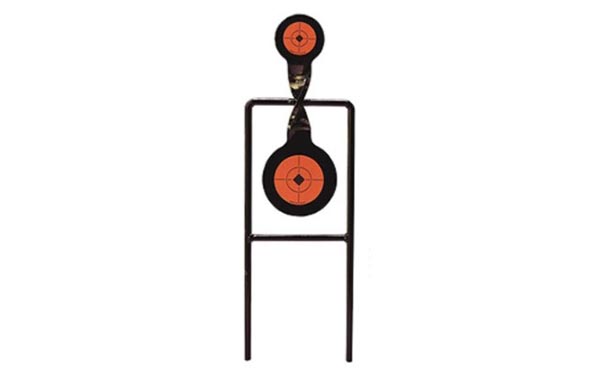 This Christmas CT gave me one of those heavy steel spinner targets, the kind with a large round target on the bottom and a smaller one on the top. When you manage to hit the thing the target spins around like a kinetic lawn ornament. I guess CT enjoyed our day at the range more than I did. Now she wants a Mosberg pump shotgun and one of those scary looking assault style rifles. You know, for home protection. It seems like we might end up with a gun nut in the family after all.
This Christmas CT gave me one of those heavy steel spinner targets, the kind with a large round target on the bottom and a smaller one on the top. When you manage to hit the thing the target spins around like a kinetic lawn ornament. I guess CT enjoyed our day at the range more than I did. Now she wants a Mosberg pump shotgun and one of those scary looking assault style rifles. You know, for home protection. It seems like we might end up with a gun nut in the family after all.